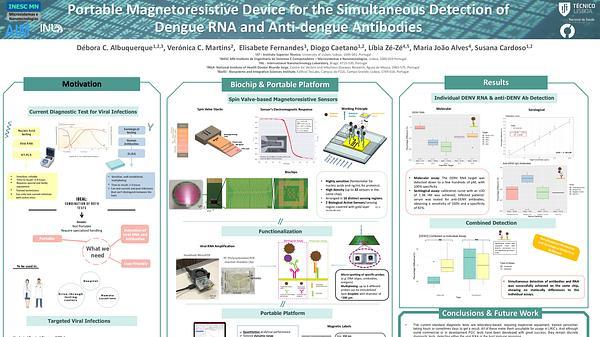Would you like to see your presentation here, made available to a global audience of researchers?
Add your own presentation or have us affordably record your next conference.
Nanosized magnetic materials form a single domain and, as a result, magnetic nanoparticles (MNPs) usually lose their ferromagnetic properties. However,
superparamagnetic NPs can generate sufficient heat to kill cancer cells under a weak magnetic field. In this study, NiFe2O4 NPs with particle sizes of 3–17 nm were prepared for
application in magnetic hyperthermia treatment (MHT), and their biocompatibility was improved by modification with polyethylene glycol (PEG). PEG is hydrophilic and is often used in
the medical field. Direct current (DC) magnetization measurements showed that all the samples exhibited no hysteresis or superparamagnetic behavior at 300 K. The temperature
dependence of the alternating current (AC) magnetic susceptibilities revealed that the peak temperature of the imaginary part of AC magnetic susceptibilities (χ") varied significantly with
particle size, and the 17 nm sample had a peak at approximately 310 K. It is known that χ" contributes significantly to heat generation owing to magnetic relaxation losses. The temperature
increase of the samples under an AC magnetic field (f = 15 kHz, h = 150 Oe) was measured. The sample with 17 nm particles showed a significant heating effect compared to the other
samples, reaching over 42.5 °C, which is sufficient to suppress cancer cells. Human breast cancer cells (MDA-MB-231) were cultured on a petri dish, and PEG-coated NiFe2O4 NPs were
added. The sample was heated using an AC magnetic field. Approximately 30% of cancer cells were successfully killed, and the magnetic hyperthermia effect was confirmed (Fig.1). To
evaluate the toxicity of PEG-coated magnetic NPs toward cancer cells, cell viability was observed for 24 h after the particles were dispersed in the culture dishes. PEG-coated NiFe2O4 NPs
successfully improved biocompatibility. Thus, NiFe2O4 NPs are expected to be useful agents for MHT. By using a zero-voltage switching (ZVS) circuit and generating an AC magnetic
field from a DC power source, a temperature rise two to eight times higher than that using conventional coils was achieved (Fig.2).
References:
P. Das, M. Colombo, D. Prosperi, Coll. Surf. B 174, 42 (2019)

